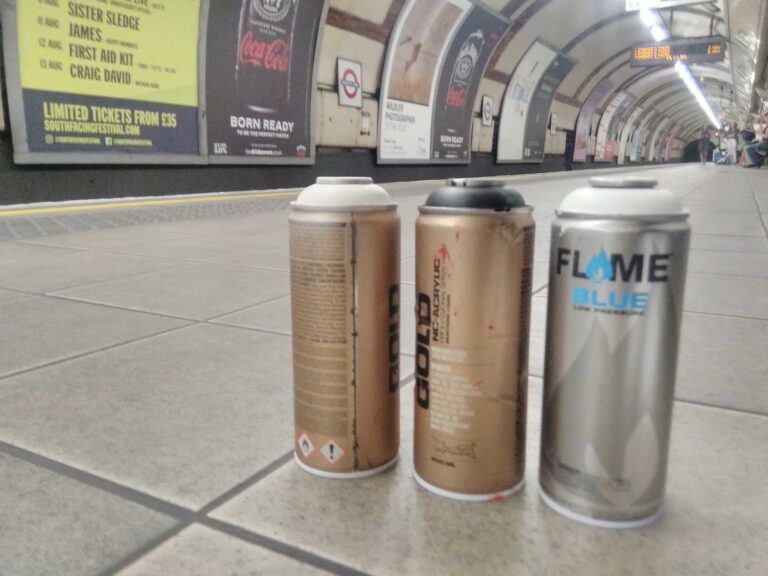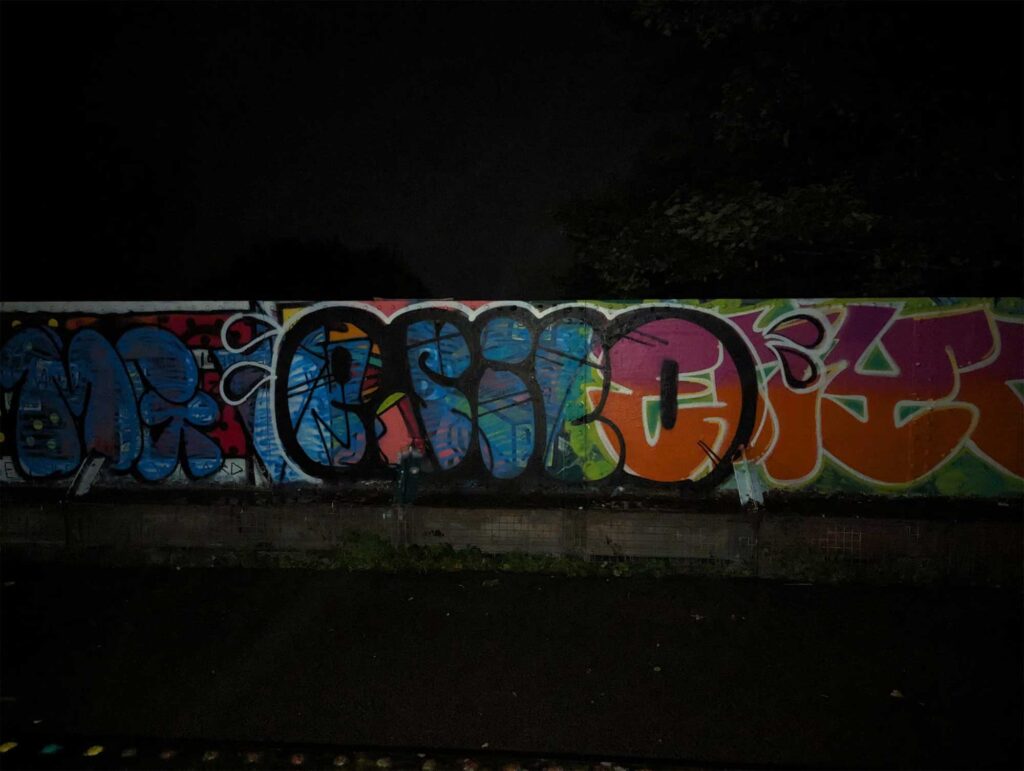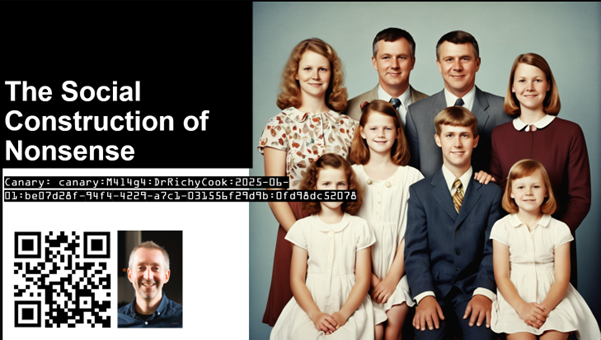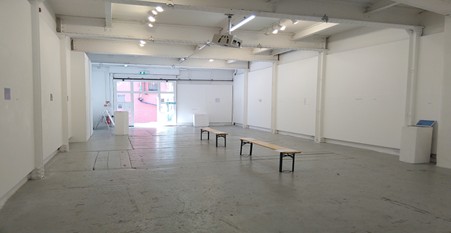| Facsimile
Project 1

Graffiti raises pressing debates around vandalism, public safety, and urban decline. While some view it as street art, others link it to antisocial behaviour, property damage, and rising clean-up costs. University of Gloucestershire experts can speak on graffiti’s role in criminal justice, its impact on communities and tourism, and the use of murals as potential deterrents.
Notes to Editors: for more information, please contact the University press office on 01242 714516 or [email protected]
Graffiti is typographic in style and is formed of words or letter assemblages. In most modern urban built environments one can now see palimpsests of graffiti. Its aesthetic might lead the observer to believe that fabrication required little thought or skill.
However, graffiti requires thinking and skill and requires tools and a raw material. Graffiti “writers” who practice commonly fabricate complex “tags”, “throwups” or “pieces”. The craft practice of graffiti thus involves a relationship between raw material, body, tool and surface. Carmel (2013) has described craft as work that requires tools, skills and insightful judgments. Graffiti is therefore understood as a craft which involves craftmanship.
From: Cook, R., 2024. Crafting a ‘senseplace’: the touch, sound and smell of graffiti. The Senses and Society, 19(2), pp.122-139.
Full article is available here: https://www.tandfonline.com/doi/full/10.1080/17458927.2024.2337104
Mark making with aerosol paint cans (Ferrell 1995; Ross 2016) emerged around the 1970s in New York (Brewer and Miller 1990). Research of graffiti since then has been extensive but there is a lack of consensus on what is or is not graffiti and what is or is not art or vandalism.
“Graffiti – unauthorized writing or drawing on a public surface”
In the space of a built environment people come into contact with each other (Sennett 2005). As an abstraction or reality, space is not inhabited or physical but experienced as process, and is produced (LeFebvre 1991). The production of space, through the writing of graffiti is “being-in-the-world,” or dasein (Heidegger 2006) and it is about the who, how and where.
Through the practice of graffiti there is a sensory production of space, and through conceptual abstraction and reconfiguration, the crafting of a “senseplace” happens. Rather than remaining as natural spaces (LeFebvre 1991) empty spaces and non-places (Giddens 1991, 1992) physical structures and places such as a wall were encoded as a senseplace.
This project emerged from practice. There is considerable skill needed to use a spray can and this likens it to a form of craft work. It requires skill, insightful judgements and the application of these using tools. Is graffiti a craft and if so what does this mean?
There is an ethnographic tradition of researching subcultures by being in them even if through “illegal field research” (Ferrell 1997) and this puts the researcher at risk or requires crossing moral lines. For example, Becker’s (1963) field work with marijuana smokers and Polsky’s (1969) study of hustlers and gangsters. However, by being participant observers, direct participants or witnesses to criminal behaviour, a researcher who deals in “dirty knowledge” (Ferrell 1997) is “developing important and influential accounts” (Ferrell 1997, 7). This occurs despite the risk methodologically by being at close range to reveal what might otherwise remain hidden from traditional research methods.
Pursuing this established ethnographic tradition through what I call “active participation” in graffiti, I engaged with my own senses and also turned to the senses as a focus of study to portray the craft work and the experiences of subcultural graffiti (Merrill 2015). Fieldwork provided insider knowledge from the embodied (Fransberg, Myllylä, and Tolonen 2021; Okley 2007) craft work and sensory experiences of doing graffiti.
Fieldwork was an active participation approach as both insider and outsider that provided knowledge about the senses, skills, practice and use of graffiti tools that jointly have not been considered in the graffiti literature. The methodological approach of hands-on craft work was fun but risky (Lyng 1990, 2005) and, following Lyng’s “edgework,” something I define as “research edgework.”

The research study spanned 18 months [years/dates redacted] and during this time fieldwork in the UK [location redacted] occurred one or twice a week for up to two to three hours at a time. Fieldwork occurred when it was dark either late at night or early morning. Fieldwork involved both doing and observing graffiti with writers or solo. I practised with four partners [names redacted] and these partners changed and were varied, and I spoke with them during graffiti or planning graffiti, learning craft skills and techniques and gaining insider knowledge.
I also spoke with practising graffiti artists who worked in graffiti shops [names/locations redacted] when I had technical gaps in my knowledge and to ask about specific techniques or effects or pieces I had seen to check and qualify my analysis of the data. YouTube was also a rich source of supporting information [participant writers channel names redacted].
In terms of research participants, all the graffiti artists I spoke to and my graffiti partners were adults and participated willingly but did not want any information or data published. Alongside the graffiti I produced as I practised, data was collected using fieldnotes and diary entries, drawings and designs, digital photographs, mobile phone text messages, e-mails and informal interview notes.
The resultant article explores the senses of touch, sound and smell through the craft work of subcultural graffiti to develop a new understanding of place. It draws from ethnographic data collected from 18 months of research edgework involving active participation in the field. Firstly, it positions graffiti as craft work involving practice, skilled use of tools, insightful judgments and use of the body. Secondly, because graffiti can provoke strong practitioner feelings it explores sensory engagements.
In forming this somatic link between the senses and craft work this article reveals how a particular personal consciousness regarding place is produced by an individual practitioner. It then discusses how sensory engagements through graffiti craft practice produce a conceptual reconfiguration of space and this is posited as a senseplace.



